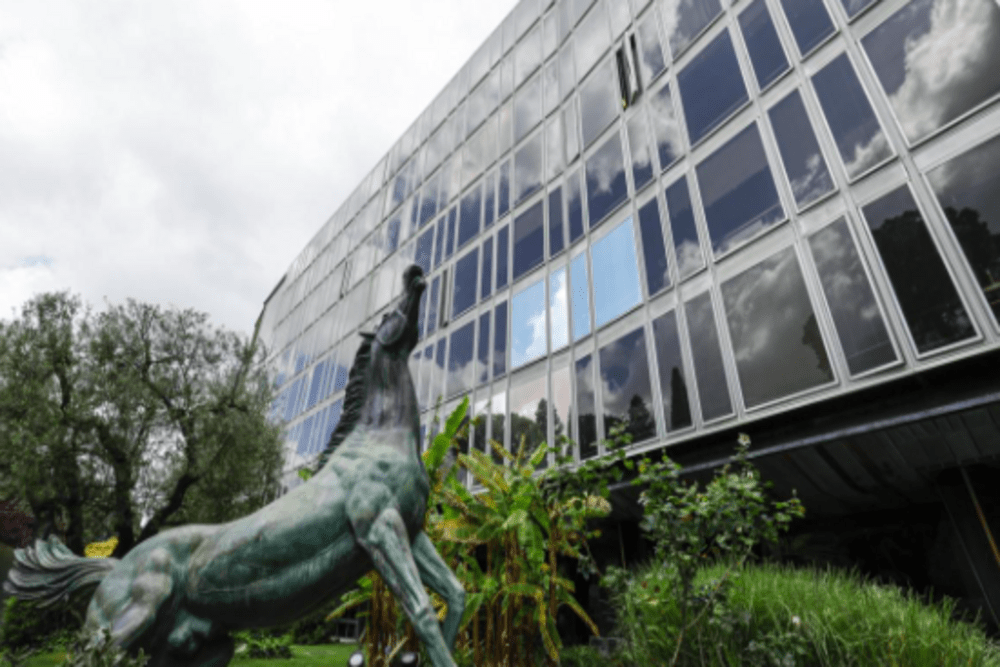ASBESTOS DISCOVERED IN THE HISTORIC RAI HEADQUARTERS IN VIALE MAZZINI, ROME. THE CASE HAS BROUGHT AN UNRESOLVED QUESTION BACK TO THE CENTER OF ATTENTION. ATTORNEY EZIO BONANNI, PRESIDENT OF ONA, HAS URGED THE IMMEDIATE ADOPTION OF HEALTH SURVEILLANCE MEASURES FOR EXPOSED EMPLOYEES, IN ORDER TO AVOID THE SERIOUS LONG-TERM RISKS CONNECTED TO KILLER FIBER
On 17 December 2024, flooding on the ground floor of the historic RAI headquarters, in Viale Mazzini, Rome, revealed the presence of asbestos in some areas of the building. The technicians of ASL RM1 have highlighted that the safety levels of asbestos fibers have been exceeded, therefore confirming a significant health risk. The Rome Prosecutor’s Office has therefore started a preliminary investigation to verify any criminal liability linked to the presence of the killer fibres.
«I remind you that the latency times of diseases linked to exposure to asbestos can reach up to 60 years – highlighted the lawyer. Ezio Bonannipresident ofNational Asbestos Observatory -. For this reason, we ask that diagnostic tests, such as chest and abdominal CT scans, be carried out under the supervision of qualified doctors. It is a question of prevention and justice for those who have suffered serious damage.”
A measurement “precautionary”
On 14 January 2025, following an official communication from the ASL, the RAI Board of Directors, chaired by the CEO Giampaolo Rossi, decided to expand access to smart working for employees and to accelerate the transfer of the offices to new headquarters in via Alessandro Severo. A measure, defined “precautionary”launched to protect the health of workers in contaminated premises.
The Prosecutor’s Office is now awaiting a detailed report from ASL RM1, which includes the results of the environmental analyses. The investigators will therefore evaluate the criminal responsibilities related to safety at work, in particular for employees affected by related pathologies.
Inefficient reclamation
The presence of asbestos in the Viale Mazzini headquarters has been known since the early 2000s, when the first reclamations began. However, these operations were not enough to completely eliminate the problem, leaving dangerous residues in areas such as ventilation systems and cladding.
According to the ONA, this contamination affected not only the employees of the main office, but also those of nearby facilities.
In 2024, RAI had already started a plan to gradually transfer employees to the new headquarters in via Alessandro Severo, with completion scheduled for 2025. However, the discovery in December forced an acceleration of the timetable, with the presentation of a binding plan by January 27th.
The ASL also underlined that the age of the water systems could cause further losses and increase the risk of exposure to asbestos.
Franco Di Mare and Mariusz Sodkiewicz, “excellent victims”
The impact of asbestos manifested itself concretely in RAI, affecting several employees. Two emblematic figures, the journalist Franco Di Mare and Mariusz Sodkiewicz, died due to asbestos-related pathologies, a few days apart in May 2024.
Franco Di Mare, war correspondent and television presenter, has died after a long battle with mesothelioma, one of the most aggressive diseases linked to asbestos. Mariusz Sodkiewicz, a technician at the Viale Mazzini office, developed aggressive mesothelioma after years of work exposure.
Before his death on May 13, 2024, Sodkiewicz, supported by the ONA, had reported the situation to the Rome Prosecutor’s Office. His complaint led to the opening of a case for manslaughter, which is still ongoing.
«The Sodkiewicz story – Bonanni reiterated – demonstrates how urgent decisive action is to protect workers and recognize their rights. RAI must assume its responsibilities to ensure justice for asbestos victims.”
The investigations of the Rome Prosecutor’s Office
The Rome Prosecutor’s Office is evaluating possible criminal liability in the management of asbestos in RAI. The investigations focus on alleged violations of accident prevention regulations and on the damages suffered by workers. The case takes on particular relevance since it involves a public company that should represent a model of transparency and security.
The developments of the investigation will be crucial to clarify responsibilities and prevent further exposure to the killer mineral.
«This affair must represent a turning point. We need to learn from the mistakes of the past to build a safer future.” concluded the president of the ONA.

